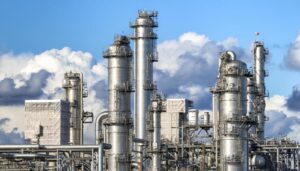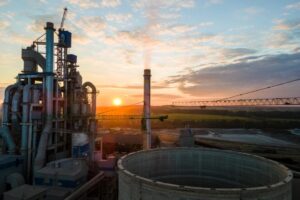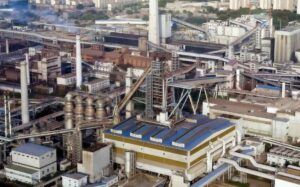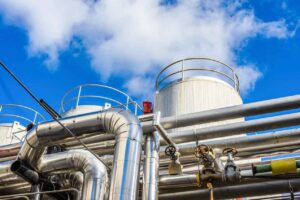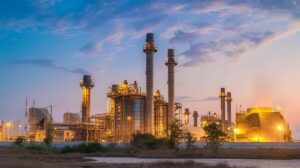Flue gas analyzers are essential tools for monitoring emissions in both residential and industrial settings. These devices measure the levels of various gases, such as carbon monoxide (CO), oxygen (O2), and carbon dioxide (CO2), released during combustion processes. By providing precise measurements, flue gas analyzers help ensure compliance with environmental regulations and improve the efficiency of heating systems.

This buying guide explores important factors to consider when buying. You’ll learn about different types of analyzers, their features, maintenance needs, and cost considerations. This information aims to empower you with the knowledge needed to select the right device tailored to your specific needs. Whether you’re involved in HVAC systems or emissions monitoring in industrial settings, understanding these elements will aid in making an informed decision.
What is Flue Gas Analyzers?
Flue gas analyzers, often referred to as combustion analyzers or exhaust gas analyzers, are essential tools in emission monitoring. These devices are designed to measure the concentration of various gases emitted from combustion processes. By analyzing these emissions, flue gas analyzers help ensure that systems operate efficiently and comply with environmental regulations.

Key Gases Measured
Flue gas analyzers measure several key gases to assess combustion processes:
- Carbon Monoxide (CO): A colorless and odorless gas resulting from incomplete combustion. Monitoring CO levels is crucial for safety and efficiency.
- Oxygen (O2): Measuring oxygen levels helps determine combustion efficiency, as excess oxygen indicates inefficient fuel use.
- Carbon Dioxide (CO2): An important indicator of complete combustion. High levels suggest efficient fuel burning, but it’s essential to manage due to its environmental impact.
These gases provide vital insights into combustion quality and system performance.
What are the Types of Flue Gas Analysers?
Flue gas analyzers come in a variety of types, each designed to meet specific needs and applications. Understanding these differences is crucial to selecting the right tool for your tasks.

| Category | Type | Description |
| Residential vs. Commercial Models | Residential Models | Typically used in smaller-scale applications such as home heating systems. These models are compact, user-friendly, and focus on measuring gases like CO and O2 to ensure safe indoor air quality. |
| Commercial Models | Designed for larger operations such as industrial plants or commercial buildings. They monitor a wider array of gases, including CO2 and SO2, for regulatory compliance and combustion efficiency. | |
| Portable vs. Stationary Analyzers | Portable Analyzers | Offer mobility and convenience, ideal for fieldwork requiring flexibility. Useful for HVAC technicians conducting routine maintenance checks across locations. |
| Stationary Analyzers | Suited for continuous monitoring in fixed installations, such as power plants or large manufacturing facilities. They provide comprehensive data over time but require careful installation planning. |
Each type presents distinct advantages depending on your operational context. Carefully evaluating your specific requirements can guide you towards the most suitable option, ensuring effective emissions monitoring and compliance with safety standards.
What to Consider When Buying a Flue Gas Analyser
When evaluating flue gas analyzers, focusing on key features can ensure you select the right tool for your needs.
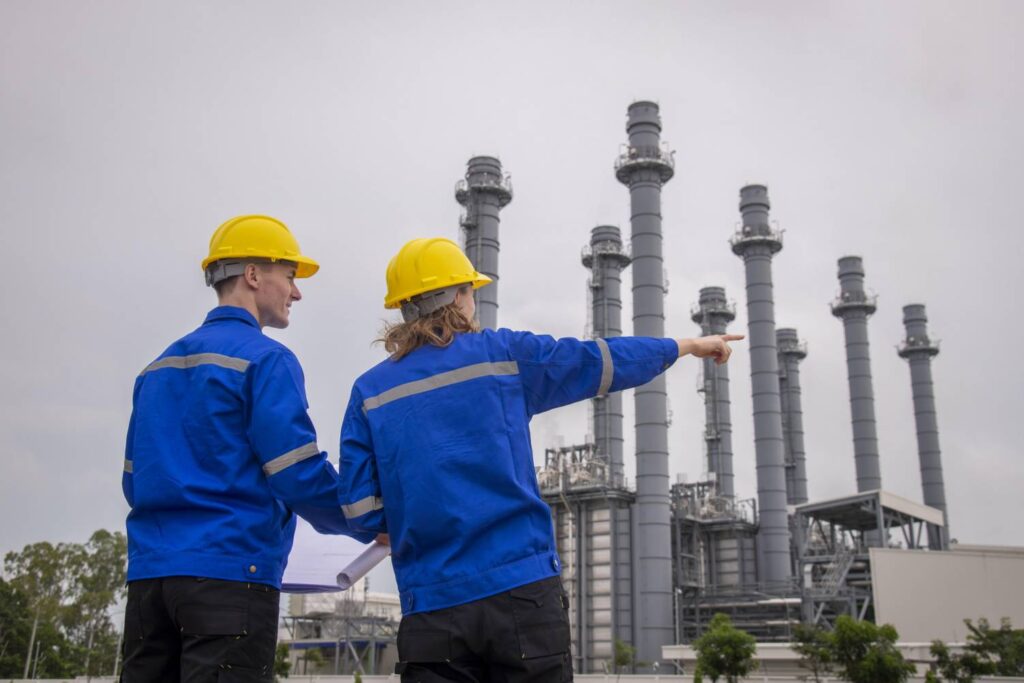
1. Ease of Use
For field operations, a user-friendly design is essential. The analyzer should feature an intuitive interface that allows quick setup and operation. This ensures efficiency during inspections, reducing the time spent on learning and troubleshooting.
2. Battery Life
Consider the significance of battery life for prolonged usage. During inspections or tests, you need a reliable power source. A flue gas analyzer with extended battery longevity minimizes interruptions and ensures continuous operation without frequent recharges.
3. Reading Storage Capabilities
Reading storage capabilities are vital for data analysis and documentation purposes. An analyzer with robust memory storage enables you to record and retrieve previous measurements easily. This feature supports long-term monitoring and compliance reporting by providing historical data at your fingertips.
These elements play a significant role in making an informed choice aligned with your specific applications. Balancing these features with budget considerations can lead to acquiring a device that meets operational and financial expectations effectively.
What are the Requirements for the Calibration and Maintenance of Flue Gas Analyzer?
Regular calibration is crucial to ensure that your flue gas analyzer provides accurate readings over time. It’s vital to follow the manufacturer’s recommendations for calibration intervals, as these are tailored to maintain the device’s precision. Neglecting this can lead to erroneous data, which might compromise compliance with emission standards or lead to faulty diagnostics.
Importance of Calibration
Calibration involves adjusting the analyzer’s sensors to align with known standards. This process often requires specific calibration gases, which simulate the conditions and concentrations of gases that the analyzer measures in real scenarios. Regularly scheduled calibration not only sustains accuracy but also extends the life of your equipment.
Understanding Sensor Lifespan
The sensor lifespan varies significantly depending on the brand and model. Typically, sensors have a lifespan ranging from one to three years, although some high-end models might offer longer durations. It’s important to monitor sensor performance and replace them as needed, rather than solely relying on time-based schedules. Factors such as exposure levels and environmental conditions can affect sensor longevity.
The Role of Maintenance in Analyzer Performance
Maintaining a detailed maintenance schedule helps prevent unexpected failures and extends the overall lifespan of the analyzer. This schedule should include routine checks, cleaning, and timely sensor replacements. Investing time in maintenance not only saves costs on repairs but also ensures reliability in critical analyses.
What are the Advanced Features in Modern Flue Gas Analyzer?
Modern flue gas analyzers have transformed with the integration of advanced technologies that enhance their usability and effectiveness.
1. Bluetooth Capability
This feature allows for seamless remote data access. During inspections or monitoring activities, you can connect your analyzer to a smartphone or tablet. This connectivity provides real-time data tracking without being tethered to the device itself, enhancing mobility and flexibility in diverse environments.
2. Data Logging
Today’s analyzers often come equipped with sophisticated data logging capabilities. These features enable comprehensive analysis by recording long-term data, which is crucial for identifying trends and patterns over time. Whether you’re involved in a CEMS application or routine HVAC system checks, having a detailed log of emissions data facilitates better decision-making and compliance reporting.
The incorporation of these advanced features not only improves operational efficiency but also aids in maintaining stringent environmental and safety standards. As technology evolves, these enhancements continue to broaden the scope and utility of flue gas analyzers across various industrial applications.
In which Areas can You use a Flue Gas Analyser Efficiently?
Flue gas analyzers play a crucial role in various industries, providing essential data for improved safety and efficiency. Here’s how owning a reliable analyzer can benefit you:

1. HVAC Industry
Ensuring the proper functioning of residential heating systems is vital. A flue gas analyzer helps in conducting routine maintenance checks to ensure compliance with safety standards and optimize system performance. This tool is indispensable for HVAC professionals who need precise readings to make informed decisions.
2. Emissions Testing
With increasing regulations on emissions, accurate testing is non-negotiable. Flue gas analyzers are instrumental in monitoring pollutants such as CO, NOx, and SO2, enabling industries to meet stringent environmental standards. Engineers involved in emissions testing rely on these devices to provide real-time data for effective compliance management.
3. Safety Inspections
In commercial settings, regular inspections of boilers and other combustion systems are necessary to prevent hazardous conditions. A flue gas analyzer assists engineers by offering detailed insights into combustion efficiency and potential safety issues. This ensures that commercial operations run smoothly without compromising on safety.
By understanding these applications, you can effectively utilize it, enhancing both operational safety and regulatory compliance.
FAQs (Frequently Asked Questions)
A: It is a device used to measure the composition of gases emitted from combustion processes. Its importance lies in emissions monitoring, ensuring compliance with safety regulations, and optimizing combustion efficiency in HVAC systems.
A: Flue gas analyzers typically measure gases such as carbon monoxide (CO), oxygen (O2), and carbon dioxide (CO2). Each of these gases plays a significant role in assessing combustion efficiency and environmental impact.
A: Key features to consider include ease of use for quick operation, battery life for prolonged inspections, and reading storage capabilities for effective data analysis and documentation.
A: Regular calibration according to manufacturer recommendations is essential to ensure accurate readings over time. The frequency may vary based on usage and specific model requirements.
A: Modern flue gas analyzers may include advanced features such as Bluetooth capability for remote data access, data logging for long-term recording, and applications for Continuous Emissions Monitoring Systems (CEMS).
A: Common applications include the HVAC industry, emissions testing, and safety inspections. Reliable flue gas analyzers help professionals ensure compliance during routine maintenance checks and assist in commercial boiler inspections.





